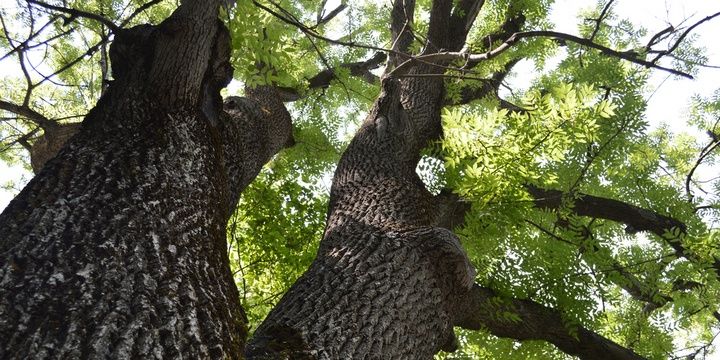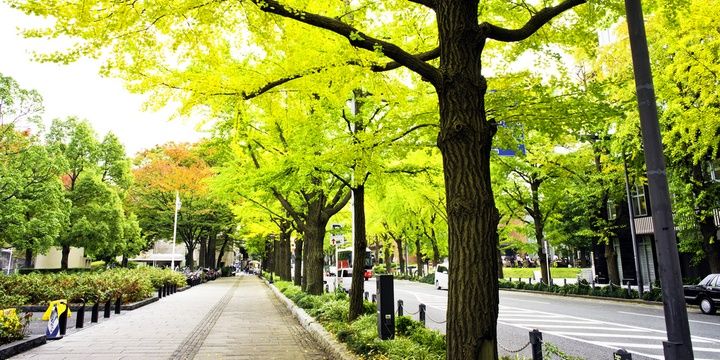3. Ash tree
EAB stands for the emerald ash borer. It’s a type of beetle from East Asia whose target is the ash tree. The beetle was probably brought to other continents and countries via imported vegetables, fruits, furniture and other goods. In the United States the bug was initially found in Michigan. EABs cause trouble to owners of more than 8 billion ash trees. Most of the trees are planted in residential areas. People love this species of trees because it is resistant to pests, diseases and severe weather conditions. The only threat is the beetle and especially its larvae. The bug’s larvae damage the tree’s inner bark. This, in turn leads to disruption in delivery of nutrients and water to the tree. If you have noticed that your ash trees are losing leaves and have split bark, then it is very likely that the trees have been attacked by EABs.

4. Ginkgo tree
The gingko tree is a slow-growing species. It can be as tall as 115 feet. Nowadays it can be found on 5 continents and the species is gaining its popularity thanks to its durability. You may experience plenty of trouble in late autumn. This is the season when female trees produce a fruit with a disgusting smell. Since it is impossible to tell a female tree from a male tree during the seeding phase, the tree is plagued by the rotten byproduct. If you still want to grow a gingko tree, opt for Lakeview or Autumn Gold male species.


